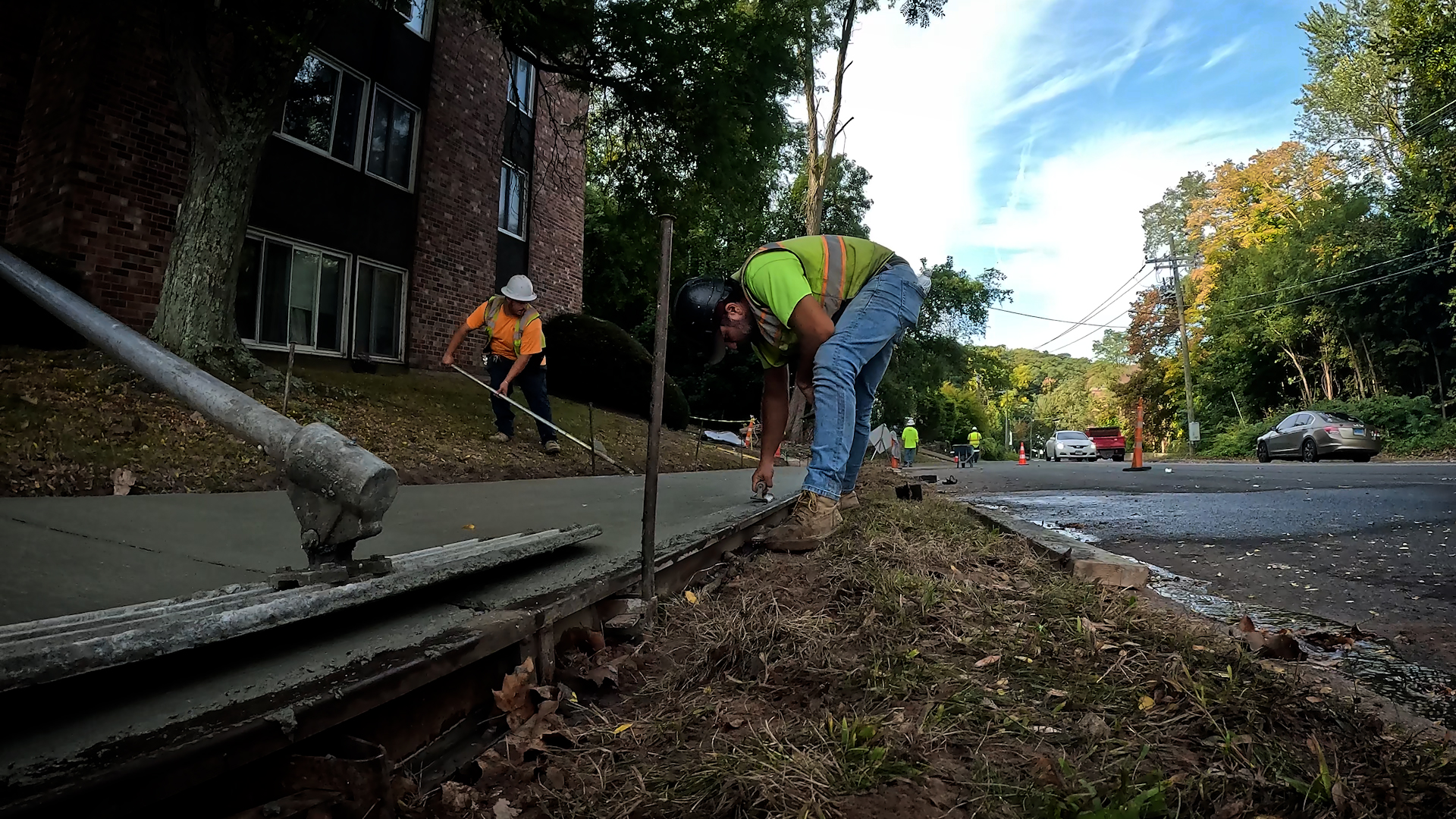If you’ve ever been hit by a vehicle, you’ll never forget it -- if you survive.
Loida Toledo’s daughter Michelle Trausch did not. She died from her injuries after being struck in a hit-and-run in Waterbury this summer.
Police found the driver, who is now facing charges including manslaughter and reckless driving. He’s awaiting arraignment.
Toledo said, “We need to go to court, and I want to see the guy in front of me, because I need to see him, and I need to speak to him. What did he do to my daughter?”
Get top local stories in Connecticut delivered to you every morning. Sign up for NBC Connecticut's News Headlines newsletter.
Pedestrian traffic deaths in Connecticut have reached a pace that’s now on track to potentially meet, or surpass the state record of 72 in 2022, according to Eric Jackson with the Connecticut Transportation Institute.
“And we're actually approaching the peak time for pedestrian fatalities," Jackson said. "Really and truly, it's October to December, is where we see a lot of pedestrian fatalities start to occur."
He said there have been several initiatives underway to try to tackle this issue, which has been a national problem.
Investigations
For starters, the National Highway Traffic Safety Administration has proposed a rule requiring new vehicle hood designs that will reduce serious and fatal injuries in pedestrian crashes - something already being explored in our state.
Jackson said, “We've done some crash testing out here on the Depot Campus, and you can watch where that body actually falls up onto the car or gets thrown off to the side of the car. And what we could do is start designing the angle or slope of that vehicle to try and produce a crash that's less injury-producing.”
Towns and cities like New Haven have used federal infrastructure funds to redesign roadways with bad track records of pedestrian safety.
And the city hasn’t had to look far to decide where to make improvements. The Safe Streets Coalition of New Haven has built an online map of all the spots in greater New Haven where a pedestrian, rollerblader, or bicyclist was killed.
Several Connecticut cities have also been looking at pedestrian safety zones, with signs warning drivers there’s a lot of pedestrian traffic in the area, along with speed limits lowered to 20 or 15 miles per hour.
While there have been no federal funds earmarked for where Michelle Trausch was killed, that stretch of East Main Street in Waterbury has been one of the areas being targeted by the Naugatuck Valley’s Vision Zero Council.
Vision Zero councils across the country have been set up with a goal of eliminating all vehicle, bicycle, and pedestrian traffic fatalities.
Rich Donovan, a transportation planning director from the Naugatuck Valley said, “The best thing we can do is shorten the distance that you're in the road as much as possible. And so that's where curb bump outs come in and curb extensions; it brings that sense of complexity for drivers, and it forces them to slow down, and evaluate the situation more carefully.”
Wes Marshall got his Ph.D. at UConn, conducts traffic research in Colorado and has a book out about poor traffic engineering.
He said while pedestrians make mistakes by jaywalking and other questionable behavior, it’s also because we don’t have enough sidewalks.
“Let's just start with the sidewalks, like start with just basic infrastructure like that, and it'll make a much bigger difference in the long run”, Marshall explained.
Loida Toledo said she just wishes those engineering improvements were in place before her daughter’s life was cut short in a pedestrian crash caused by a hit-and-run driver.
“It’s scary. You know, we need to change the system," she said. "I don’t know why the driver didn’t see her”
Researchers have also been taking a closer look at who these victims are. A newly released study suggests a significant share of pedestrian crash victims may be homeless.



